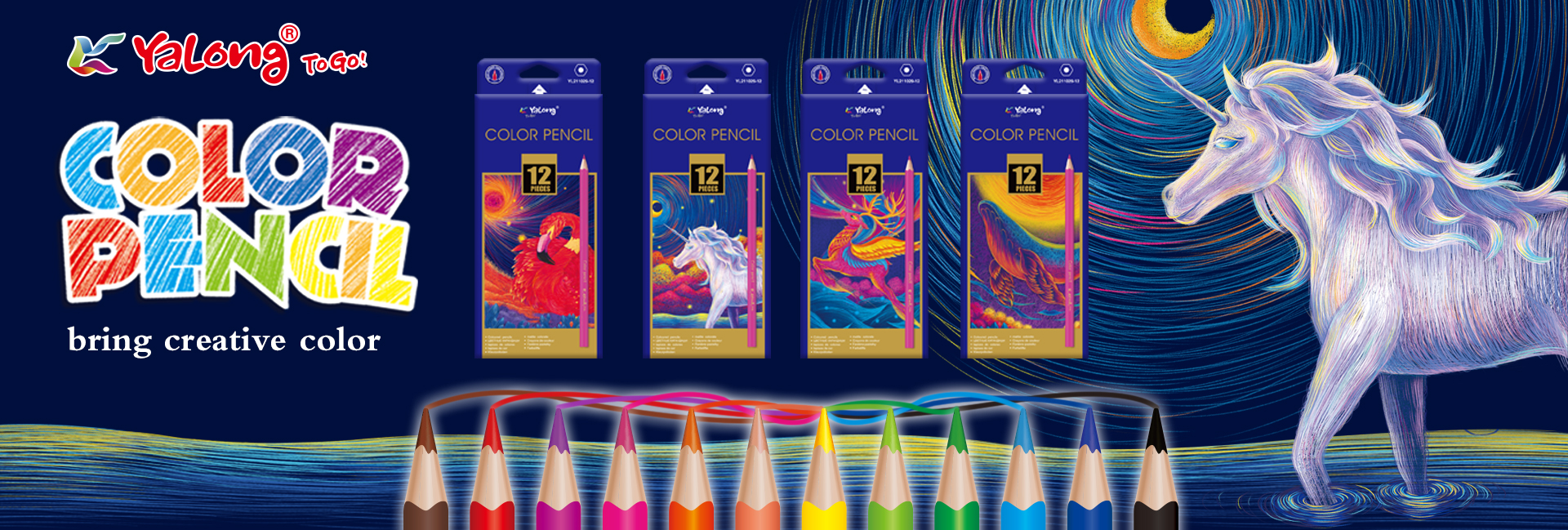
What are colored pencils?
What are colored pencils?
Colored pencils are a popular art medium consisting of a thin colorful core surrounded by a wooden casing. They are affordable, easy to use, and durable, making them very popular with elementary school teachers and professional artists alike. Read on to learn more about colored pencils, how they’re made, and how long people have been using them…
What are colored pencils made of?
The core of a colored pencil is made by combining wax and/or oil, water, bonding agents, and pigments. The pigment – a natural or synthetic colored powder – is the ingredient that gives colored pencils their distinctive appearance. Standard pencils, on the other hand, are made with graphite or charcoal.
Once the narrow core is formed, it’s encased in a thin wooden barrel. This protects the fragile core and makes the pencil easier to grip.
Who invented the colored pencil?
Historians believe that wax-based crayons were invented in Ancient Greece over 2,000 years ago. And thanks to records left behind by Pliny the Elder, the Roman scholar and author, we know that the Romans used colored pencils too.
Although they’d been around for millennia, mass production of high-quality colored pencils didn’t truly kick in until the late 19th and early 20th century. The introduction of early childhood education in the mid-19th century prompted a huge demand for cheap, colorful, and long-lasting pencils. So, sensing an opportunity, many established pencil manufacturers began making colored pencils for use in kindergarten classrooms.
One of the first companies to manufacture and sell colored pencils was the German-based Eberhard Faber Pencil Company, which is now more commonly known as Faber-Castell.













